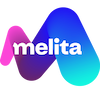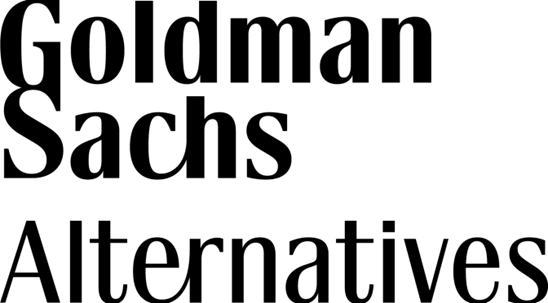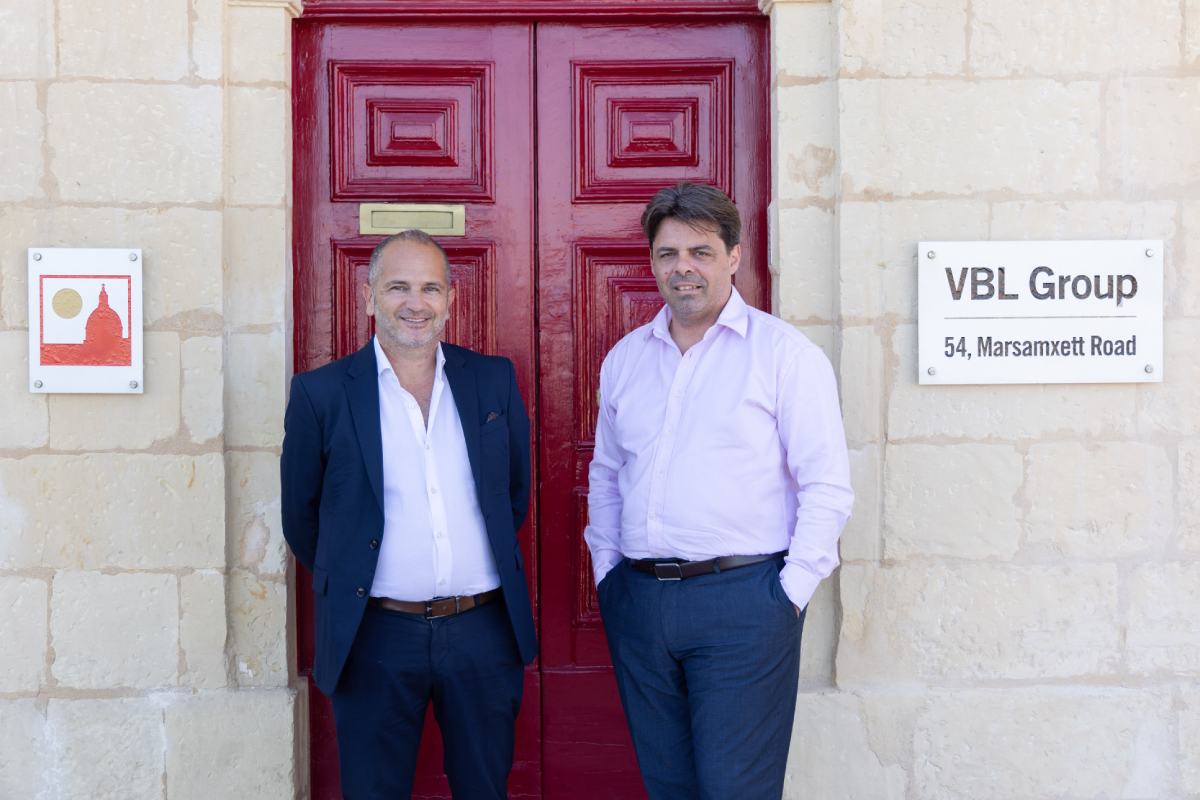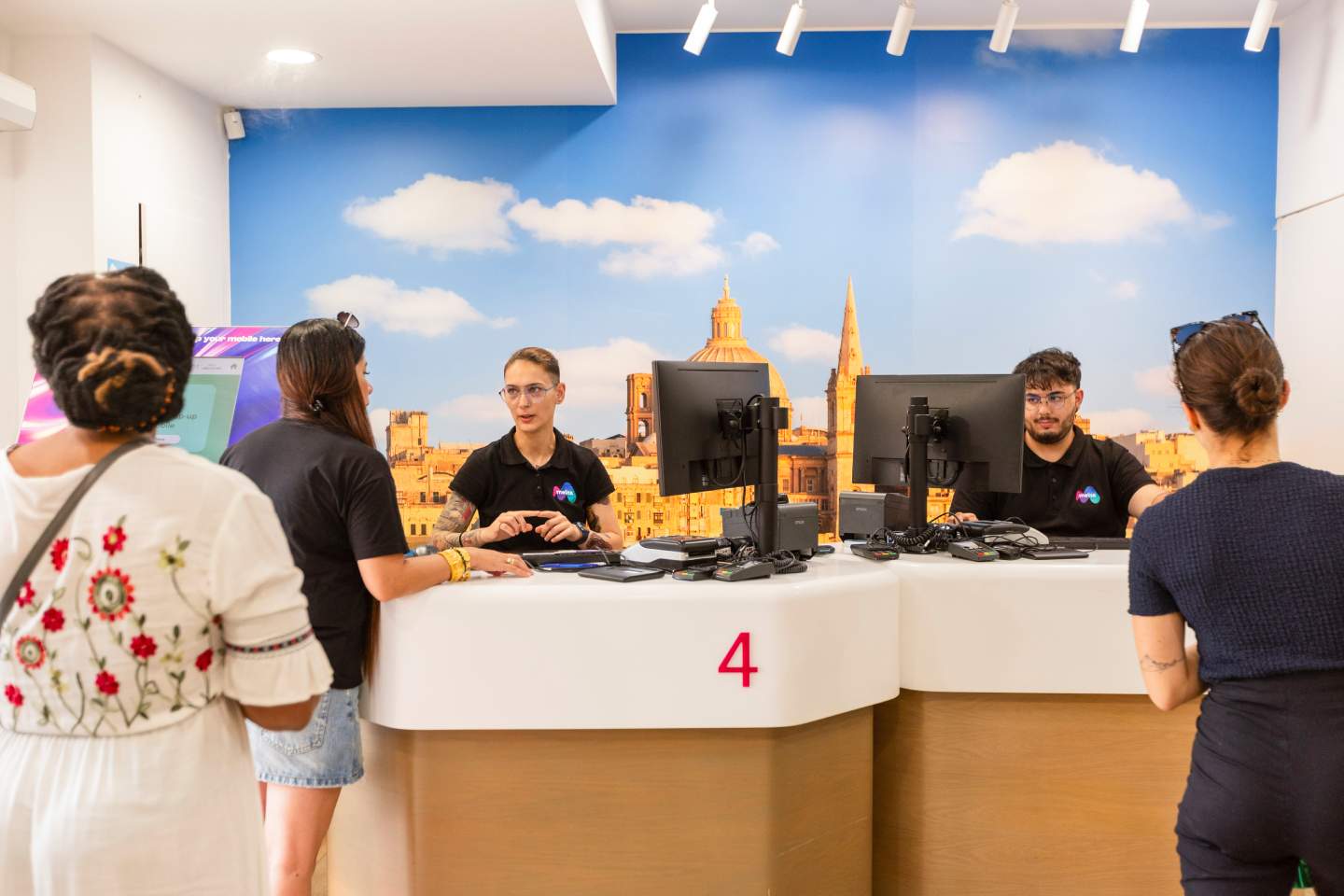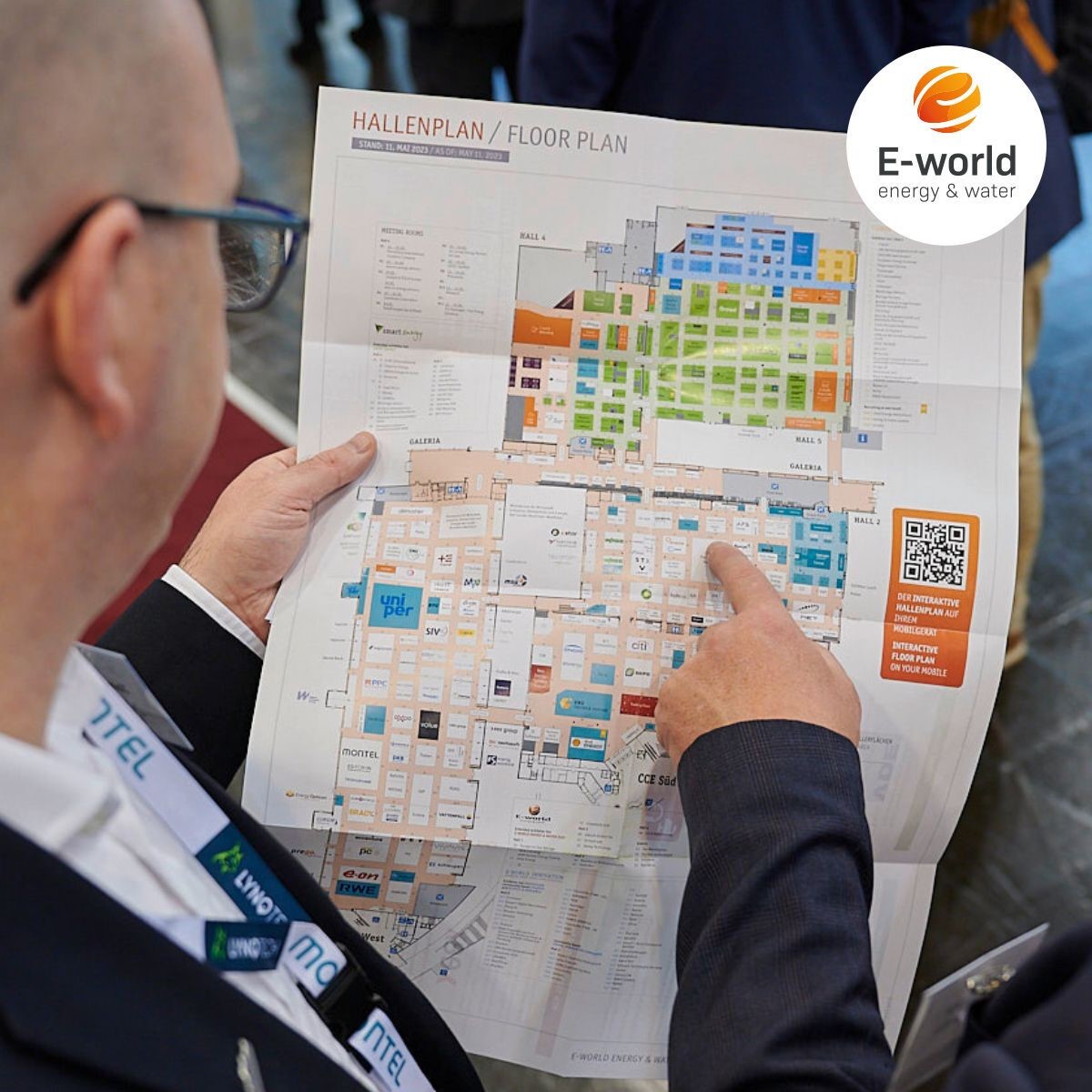
Since we introduced Umbrella from Cisco, the majority of our fixed home internet customers have been protected against a myriad of online threats. Every day Umbrella from Cisco blocks more than 300,000 unsafe websites, so seamlessly that most of the time users are unaware of it working in the background, keeping them and their devices safe.
Over the months Melita has looked at the type of threats that Umbrella from Cisco is protecting us from. These cyberthreats fall under 14 categories, all of which pose a different risk.
Here’s a short explanation of seven of the threats that Umbrella from Cisco protects Melita fixed home internet customers from:
1. Botnet
A botnet refers to two or more computers communicating with each other through the internet. They are used to send spam emails or participate in DDS attacks that flood a computer with requests.
2. Browser Hijacker
A Browser Hijacker is any harmful piece of code that changes a web browser’s (eg. Chrome or Firefox) settings without the user’s permission. It is usually used to insert unwanted advertising or to redirect the user to fraudulent or malicious sites.
3. Exploit Kit
Exploit kits are used to gain control of computers, and devices through the internet. The ultimate aim is to introduce code that forces a device to behave unexpectedly (eg. install software or ransomware). Sometimes attackers host Exploit Kits on their own websites or other compromised sites to which users arrive via URLs in phishing emails.
4. Information Stealer
The aim of this malware is self-explanatory. It resides in an infected computer and collects data such as credentials for online banking, passwords, and other sensitive access data, which it silently sends back to the attacker.
5. Trojan
A trojan is a malicious computer program that poses as something harmless, which it is not. It can come in the form of an email attachment or an online link, promising to do one thing, but then ends up doing something else, like leading the user to a malicious site or downloading malicious software on their device.
6. Scareware
Scareware is another form of malicious software that deceits computer users driving them to visit malware-infested sites. Most often scareware comes in the form of pop-ups which takes advantage of the user’s worry and fear of having their computer infected with viruses or other malware.
7. Adware
Adware is script software that could be malicious or not. Its intention is to display adverts on a user’s computer with the aim of getting users to click on them. These come in the form of pop-up windows, large banners, and other interrupting forms with the aim to generate revenue by generating clicks.
All this sounds scary, and it is, but with Umbrella from Cisco working in the background to protect us from all these threats, we can enjoy peace of mind.
